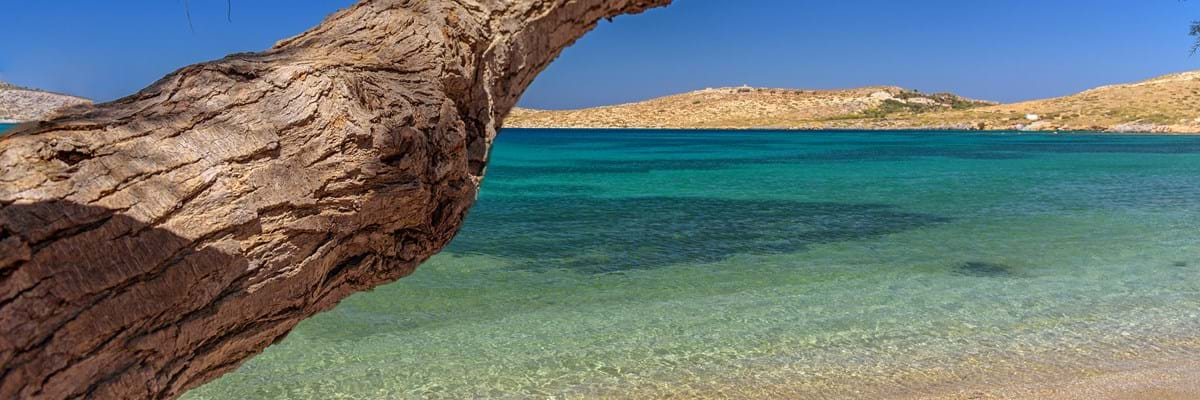Leros is different in many ways. It’s a tranquil Greek island that is serene and surprisingly green, with small valleys between rolling hills. It has natural springs feeding olive groves and grape vineyards.
It has an unusual three-in-one capital – the romantic and beautiful Agia Marina, traditional Platanos, with its market and shops, and picturesque Pandeli, a cosmopolitan village with a lovely marina and pretty windmills.
White houses, cobblestones alleys, lots of churches, flower-decked lanes, tavernas, shops and bars - it’s a fabulous combination.
An 11th century Byzantine castle, once the home of crusader knights, looks down from a hill above the villages. In the 16th century the castle resisted invading Turkish forces. Now it welcomes tourists - and provides stunning panoramic views.
The castle, lit at night like a shining island crown, hides a miracle.
Behind the castle walls, the ornate Church of the Panagia contains a medieval icon that miraculously defied Turkish rulers’ persistent attempts to lock it away.
There is a road to the castle, but energetic visitors can take the 400 steps to the castle gate!
Phoenicians, Spartans, Romans, Ottoman Turks, Italians and Germans are among the many who have occupied Leros.
Mythology says that one of the first regular visitors was Artemis, goddess of childbirth and hunting. The goddess, usually depicted with a bow and quiver of arrows, was attracted by deer that roamed there.
The remains of a sanctuary to Artemis were discovered on a hill near the fishing village of Partheni. It has one of the many remote beaches tucked away in the twist and turns of the fascinating coastline.
If you prefer relaxing on a sunbed there are many choices, including Pandeli, Alinda, Gourna and Crithoni which all have lots of facilities and tavernas. Then there is the deep blue, crystal clear and delightfully warm Aegean Sea to enjoy and several interesting islets waiting to be explored around Leros.
The friendly local people, who are passionately proud of their traditions and culture, serve up wonderful food in lovely tavernas and chic restaurants. But that isn’t so different in Greece!
With a rich history and fantastic beaches, Leros is sure to please any holidaymaker. Book your Greek package holiday with Olympic Holidays today.





















